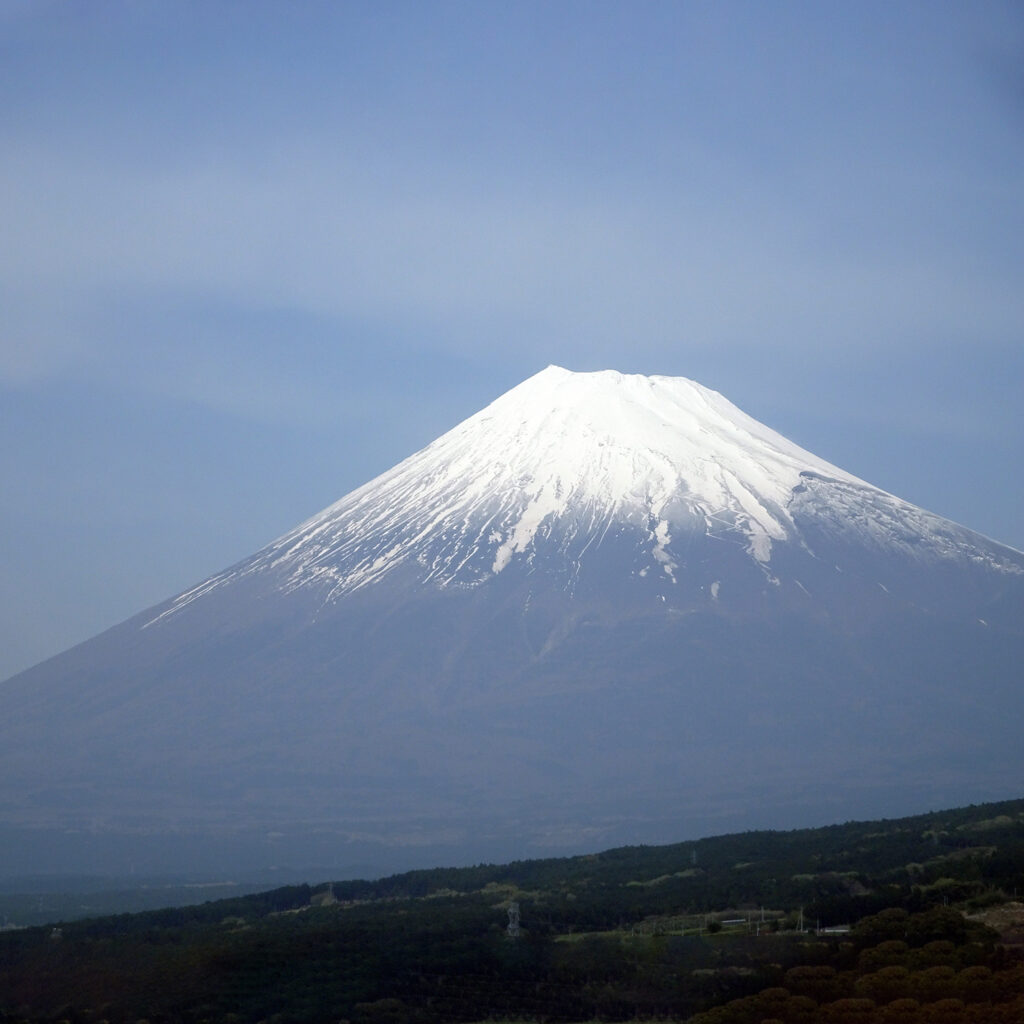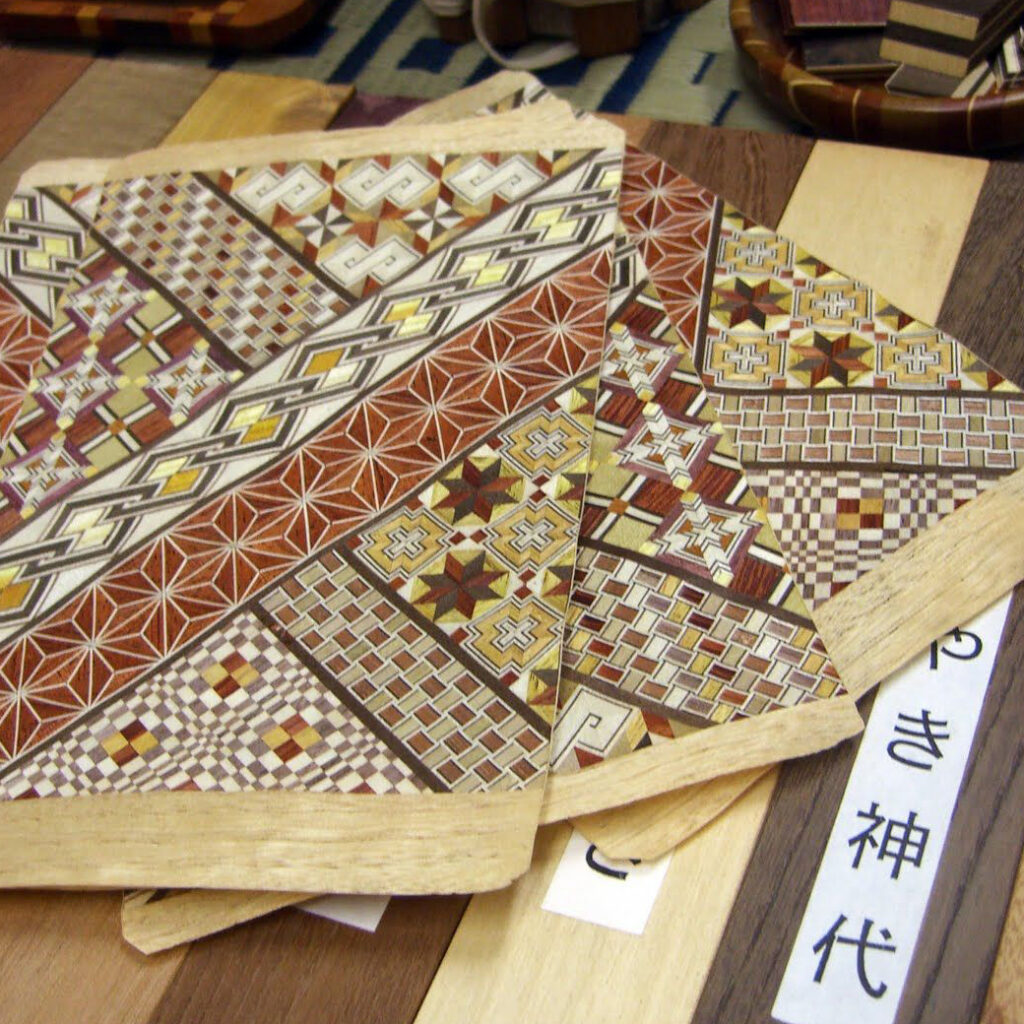Mount Fuji (富士山, fujisan) is a stratovolcano located on the southern coast of the island of Honshū, southwest of the Tokyo metropolitan area. It is the highest peak in Japan with an altitude of 3,776 meters, and is considered a national symbol and a sacred place for the Japanese. Located in a tectonic region between the Pacific, Eurasian and Philippine plates, this stratovolcano is still considered active (its last eruption having occurred at the end of 1707) although the eruptive risk is currently considered low.
Mount Fuji is a popular place for hiking and climbing, and there are two climbing seasons: an official season that runs from July to August, and a winter climbing season for experienced climbers. It is advisable to prepare adequately for the ascent, especially in terms of physical condition and necessary equipment. A weather observatory has been built on its summit.
Mount Fuji is also famous for its breathtaking panoramic views. There are many viewpoints around the Shizuoka area where visitors can see the snow-capped peak of Mount Fuji. It is also possible to take a plane or helicopter tour for even more breathtaking views.
Finally, Mount Fuji is also a sacred place for both Shinto and Buddhist Japanese because of its characteristic shape and the traditional religious symbolism it represents. There are many temples and shrines around the base of the mountain that are related to the sacred mountain. Visitors can also visit museums and information centers to learn more about the history and culture of Mount Fuji.
It has been the main subject or setting of many artistic works, including paintings, over the centuries. It has been a UNESCO World Heritage Site since 2013.
There are several paths to climb Mount Fuji, here is a list of the main ones:
- Yoshida Trail: This is the most popular and easiest path to access. It is located on the northeast side of Mount Fuji and starts from Kawaguchiko station of Fujikyu line. This trail is also the most developed with tourist facilities such as huts, restaurants and stores.
- Subashiri Trail: Located on the east side of Mount Fuji, this trail is accessible from Subashiri Station of Fujikyu Line. This trail is less crowded than the Yoshida Trail and offers panoramic views of the valley.
- Gotemba Trail: This trail is accessible from Gotemba Station of JR Tokaido Line. It is the longest and the most difficult of the four main trails, but it offers beautiful views of the surrounding landscape.
- Fujinomiya Trail: This trail is accessible from Fujinomiya Station on JR Tokaido Line. It is the shortest of the four main trails, but it is considered the most difficult because of its steepness.
It is important to note that the trails are only open during the climbing season, which usually lasts from early July to early September. It is also recommended that you prepare adequately for the climb, wearing warm clothing, hiking boots, gloves, hats, sunglasses, and carrying enough food and water for the trip.



